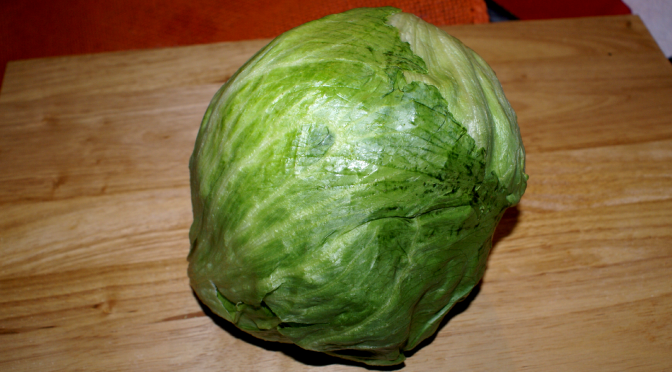
A couple of weeks ago, I posted a link to a Crock pot Pizza recipe from Your Lighter Side on my Facebook page. While I haven’t tried the crock pot version, I did go for the pan version and made adjustments for my preferences. I used a square copper skillet that can go from stove top to oven to make mine, but you can also use a large cast iron skillet or build your pizza in any large casserole dish. Then it is baked.
Here’s a trick though. If you use a large skillet-at least 9 to 10 inch round or square skillet-to make it, you can turn the heat down on the stove to a simmer, put the top or tent with foil over the pan and cook it on the stove top for about 30 minutes. The cheese won’t brown, but the ingredients will cook and the cheese will melt into it.
Most of the ingredients in this can be swapped with other preferred items such as artichoke hearts, pepperoni, anchovies, or whatever you like on your pizza. Don’t eat meat? Simply omit and add more vegetables like cubed eggplant, zucchini, Brussels sprouts, or whatever. Pizza, even in a skillet, is versatile.
Pizza in a Skillet
1/2 pound Ground Beef
1/2 pound Italian Sausage
1/2 cup sliced Mushrooms
1/4 cup sliced Bell Peppers or Mini-Peppers
1/2 cup diced Onions
1-1/2 cups Cauliflower, riced
2 cups Mozzarella Cheese, shredded
1 teaspoon minced Garlic
1 cup Pasta Sauce of choice (look for low carb)
2 cups fresh Spinach
I used Pumpkin Chipotle Pasta Sauce from my local Raley’s brand but you can use whichever pasta sauce you prefer. The nutrition information is based on a Vodka Pasta Sauce.
Preheat oven to 30 degrees (F.).
Put the cauliflower into a food processor and process until riced. Add 1 cup of the mozzarella and pulse until it is chopped and mixed into the rice. In a large and deep ovenproof skillet, such as a copper or cast iron one, press the cauliflower and cheese mixture into the bottom of the pan. Bake for 10 to 15 minutes until lightly browned. Remove from oven and set aside to cool.
In a large skillet, cook the ground beef and sausage until almost done. Remove to a bowl, but leave the oils. Add the onions and garlic to the pan and saute until onion is tender. Add to the ground beef and sausage and mix together.
In the deep pan with the cauliflower crust, spread 1/3 of the pasta sauce on the bottom, top with 1/2 the spinach leaves making a mostly solid layer of greens. Add 1/2 the meat mixture on top, then sprinkle 1/2 the mushrooms, peppers, and olives on top of that. Sprinkle 1/3 cup of mozzarella on top. Add another layer of spinach leaves followed by the rest of the meat mixture, mushrooms, peppers, and olives and sprinkle the rest of the cheese over the top.
Tent with foil and bake for 40 minutes. Remove foil and bake another 10 minutes to lightly brown the cheese. Let sit about 10 minutes to set up, then serve.
The bottom crust will not be firm enough to lift to eat, so this will require forks.
Makes 6 to 8 servings.
Nutrition Information per servings (6 servings):
Calories: 394 Fat: 26.9 g Net Carbs: 9.8 g Protein: 25.2 g
Nutrition Information per servings (8 servings):
Calories: 295.5 Fat: 20.1 g Net Carbs: 7.3 g Protein: 18.9 g
Have fun making your own variation on this pizza and let me know how you like it.






